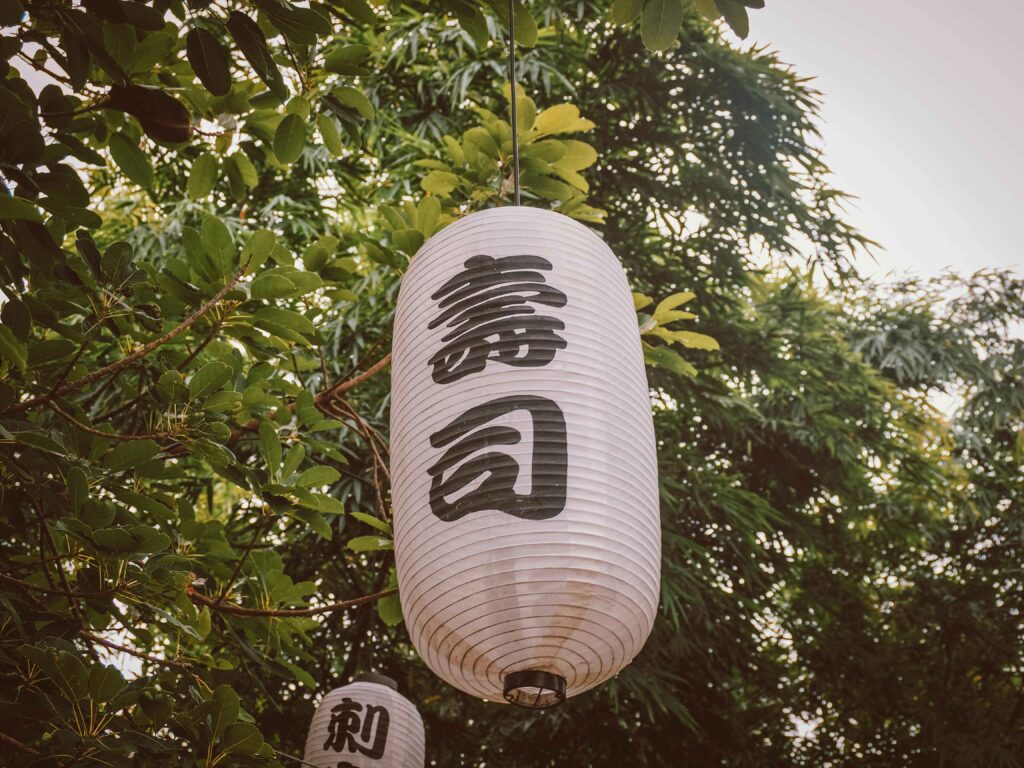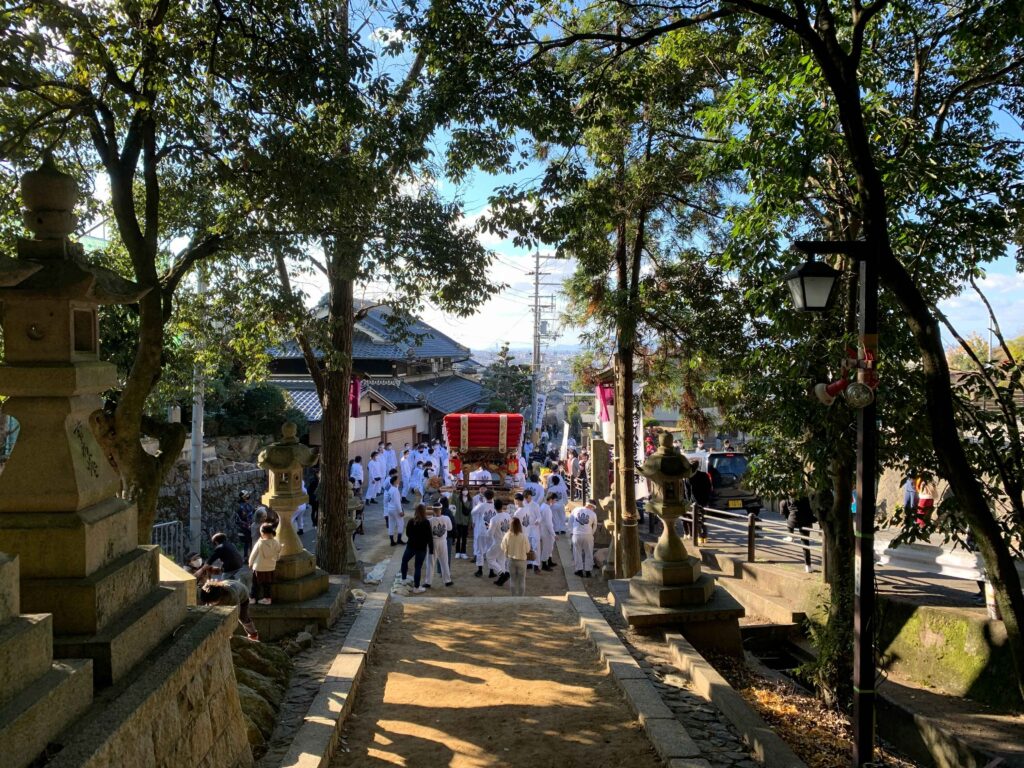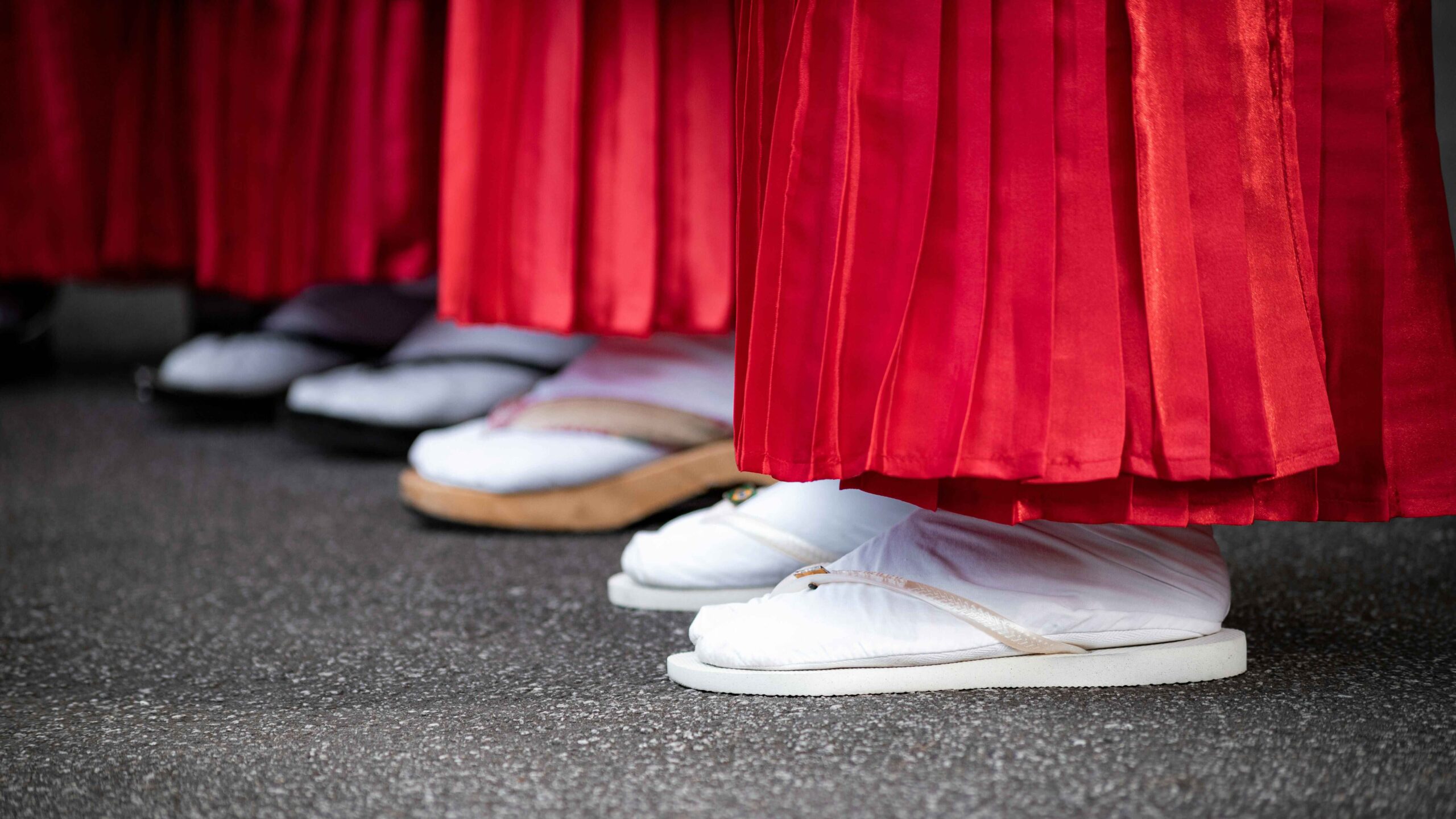Imagine standing in the heart of Tokyo’s historic Asakusa district, surrounded by the rhythmic beat of taiko drums, vibrant parades, and the infectious energy of locals carrying massive mikoshi through the streets. Sanja Matsuri, one of Tokyo’s three great Shinto festivals, is a three-day celebration that’s as thrilling as it is culturally rich. Held annually in mid-May, it draws nearly 2 million visitors to honor the founders of Sensoji Temple. If you’re planning a trip to Tokyo in May 2025, this guide will give you the lowdown on Sanja Matsuri 2025—dates, events, and insider tips to make your experience unforgettable. Let’s dive in!
What is Sanja Matsuri?
Sanja Matsuri, or the “Three Shrine Festival,” is a vibrant celebration held at Asakusa Shrine, right next to Tokyo’s iconic Sensoji Temple. It honors three men—Hinokuma Hamanari, Hinokuma Takenari, and Hajino Nakatomo—who, in 628, discovered a golden statue of Kannon, the Buddhist deity of mercy, in the Sumida River. This discovery led to the founding of Sensoji Temple, Tokyo’s oldest Buddhist temple. The festival’s roots trace back to the 7th century, but its current form took shape during the Edo period (1603–1867) when Shogun Tokugawa Iemitsu commissioned Asakusa Shrine in 1649.
Today, Sanja Matsuri is a lively blend of Shinto rituals, community pride, and festive energy. It’s one of Tokyo’s three great Shinto festivals, alongside Kanda Matsuri and Sanno Matsuri, and attracts around 1.8–2 million visitors over three days. The festival’s highlight is the procession of mikoshi (portable shrines), believed to carry Shinto deities to bless the community.


Dates and Schedule for Sanja Matsuri 2025
Sanja Matsuri 2025 is expected to take place from May 16 to 18, 2025, based on its traditional scheduling on the third full weekend of May. While exact details may vary, the festival typically follows this structure, based on historical patterns and recent sources:
| Date | Time | Event |
|---|---|---|
| May 16 (Friday) | 13:00 | Grand Parade (Daigyoretsu): A colorful procession with geisha, musicians, and dancers in Edo-period attire, starting north of Sensoji Temple, passing Asakusa Station, and ending at Asakusa Shrine. |
| 14:20 & 15:00 | Binzasara Dance: Traditional dance performances at Asakusa Shrine to celebrate the parade’s arrival. | |
| May 17 (Saturday) | From 12:00 | Mikoshi Shrine Town Association Parade: Nearly 100 mikoshi from 44 neighborhoods are paraded from Asakusa Shrine, featuring the tamafuri movement (shaking the shrines to invoke deities). |
| 16:00 | Shrine Maiden Dance: A graceful performance at Asakusa Shrine. | |
| May 18 (Sunday) | 06:00–20:00 | Honsha Mikoshi Kakuchou Togyo: The three main mikoshi of Asakusa Shrine, each weighing about a ton, are carried through Asakusa’s 44 districts, returning by 18:00–19:00. |
| 14:00–16:00 | Shrine Maiden Dancing and Drum Performances: Held at Asakusa Shrine, adding to the festive vibe. |
A festival square along Kaminarimon to Umamichi-dori offers food stalls and games throughout the weekend. Check the official Asakusa Shrine website ( asakusajinja .jp) for the latest schedule, as details may change.
How to Get to Sanja Matsuri
Sanja Matsuri takes place at Asakusa Shrine, located next to Sensoji Temple in Tokyo’s Asakusa district. Getting there is easy:
- By Train: Take the Tokyo Metro Ginza Line or Toei Subway Asakusa Line to Asakusa Station. From there, it’s a 5–10 minute walk to Asakusa Shrine. The Tobu Railway Line also serves Asakusa Station.
- By Foot: If you’re staying nearby, Asakusa is walkable from areas like Ueno or Skytree. Follow signs to Sensoji Temple, and Asakusa Shrine is adjacent.
Arrive early, especially on Sunday, when crowds peak and traffic regulations are in place. Public transport can get packed, so plan for extra travel time.
What to Expect at Sanja Matsuri
Sanja Matsuri is a feast for the senses. The streets of Asakusa buzz with energy as locals carry over 100 mikoshi, accompanied by chanting, flutes, and taiko drums. The mikoshi, especially the three main ones on Sunday, are vigorously shaken to amplify the deities’ power, creating a thrilling spectacle. Nakamise Street, leading to Sensoji Temple, is lined with food stalls selling festival favorites like takoyaki, yakisoba, and shaved ice, adding to the festive vibe.
The atmosphere is electric, with participants in traditional happi coats and headbands, and visitors soaking up the community spirit. Tourists can watch the processions, enjoy performances, and even join in by chanting along (try “Wasshoi!” or “Eiya!”). While carrying mikoshi is typically for locals, some groups may allow tourists to participate if arranged in advance, especially with guided tours.
Frequently Asked Questions
- What are the best days to visit Sanja Matsuri 2025?
Each day offers something special. Friday’s Grand Parade is great for cultural performances, Saturday’s neighborhood mikoshi parades offer variety, and Sunday’s main mikoshi procession is the most intense. For fewer crowds, opt for Friday or Saturday. - What should I wear?
Wear comfortable shoes for walking and standing in crowds. May weather in Tokyo is mild (around 20–25°C), but bring a light jacket or umbrella for possible rain. Casual clothing is fine, though some visitors wear yukata for a festive touch. - Is Sanja Matsuri family-friendly?
Yes! The festival welcomes all ages, with children’s mikoshi and family-friendly food stalls. Be cautious of crowds, especially on Sunday, and keep young kids close. - Are there any costs involved?
Watching the festival is free, but bring cash (yen) for food, drinks, and souvenirs, as many stalls don’t accept cards. Expect to spend ¥500–2,000 on snacks and small items. - Can tourists participate in carrying mikoshi?
Carrying mikoshi is mainly for local neighborhood groups, but tourists can join the festive spirit by chanting or cheering. Some tour operators, like those on GetYourGuide, may offer guided experiences with opportunities to participate in smaller activities—check in advance.
Planning Tips
- Arrive Early: Beat the crowds by arriving before noon, especially on Sunday when up to 500,000 people may visit.
- Bring Cash: Many food stalls and vendors don’t accept cards, so have yen handy.
- Check the Schedule: Visit Asakusa Shrine’s official website for updates, as events may shift slightly.
- Explore Nakamise Street: Sample festival foods and shop for souvenirs like fans or traditional crafts.
- Book Accommodation Early: Asakusa hotels fill up fast during the festival—reserve months in advance.
Ultimately
Sanja Matsuri 2025, set for May 16–18, is your chance to experience Tokyo at its most vibrant. From the awe-inspiring mikoshi processions to the lively atmosphere of Asakusa’s streets, this festival is a perfect blend of tradition and community spirit. Whether you’re chanting with the crowd, savoring festival foods, or soaking up the cultural performances, Sanja Matsuri promises memories that’ll last a lifetime. Don’t miss out—plan your trip to Tokyo and join the celebration!

